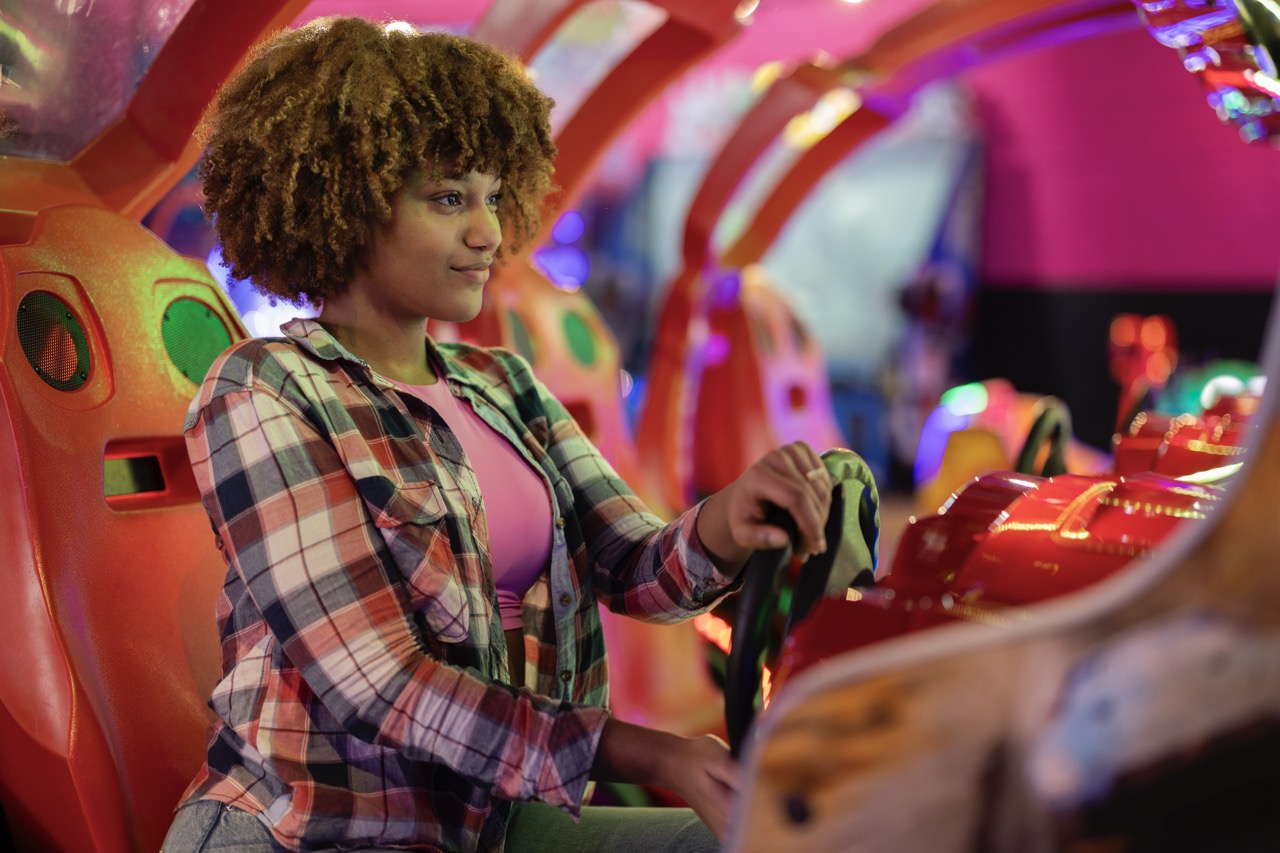Ah, the nostalgia of Saturday mornings, the thrill of racing down the street on a bike, tossing newspapers at doorsteps, and dodging obstacles like angry dogs and rogue pedestrians. "Paperboy," released in 1984, encapsulated that classic arcade essence, becoming a beloved title for its engaging gameplay and quirky graphics. Fast forward to the early ’90s, and we were treated to "Paperboy 2." But did this sequel live up to the charm of its predecessor, or was it a missed opportunity in the annals of video game history? Let’s take a ride through time and explore what made the original tick, the expectations surrounding the sequel, and whether it hit the mark.
A Quick Look Back: What Made the Original Paperboy Great?
The original "Paperboy" captured players with its simple yet addictive gameplay. You took on the role of a young paper carrier, navigating a neighborhood filled with challenges and obstacles. The isometric perspective added depth and immersion, making players feel like they were actually in that vibrant suburban landscape. Players had to deliver newspapers to subscribers while avoiding the various hazards that littered the streets. The satisfaction of hitting a target and the thrill of narrowly escaping a rogue dog made for a compelling arcade experience.
Another standout feature was the game’s unique difficulty curve. The more you played, the more you unlocked, creating a sense of progression that kept players coming back for more. With quirky characters and humorous scenarios, "Paperboy" managed to blend frustration with fun seamlessly, making it a perfect fit for arcade cabinets. The charm didn’t just come from gameplay; it exuded in the pixel art graphics and the catchy soundtrack, creating an unforgettable experience that resonated with a generation.
Lastly, the game’s cultural impact can’t be understated. "Paperboy" was more than just a game; it was a slice of life that resonated with many who had either been paperboys themselves or had fond memories of those early morning deliveries. It became a touchstone for arcade gaming, and its legacy paved the way for sequels and spin-offs, demonstrating how gameplay can evoke nostalgia while laying the groundwork for future gaming innovations.
Paperboy 2: The Buzz and What Fans Were Hoping For
When "Paperboy 2" was announced, fans were buzzing with excitement. The original had carved a niche in gaming history, and the prospect of a sequel raised hopes for enhanced graphics, improved gameplay mechanics, and perhaps even new challenges. What would the new neighborhood look like? Would there be new characters or even a more complex storyline? Fans were eager to see how the developers would build on the established formula while staying true to what made the first game so beloved.
Promotional materials hinted at an expanded universe. Players anticipated seeing updated graphics that would take advantage of the more advanced capabilities of the consoles at the time. The idea of new types of deliveries, perhaps even branching out into new delivery routes or facing additional hazards, had players dreaming about the possibilities. The hype was palpable, with many hoping that "Paperboy 2" would strike that perfect balance between nostalgia and innovation, much like how other sequels of the era were managing to do.
Moreover, the gaming community had witnessed the rise of other franchises that successfully evolved with their sequels. Titles like "Super Mario" and "Donkey Kong" had not only retained their charm but had also expanded their worlds and gameplay mechanics. Fans expected "Paperboy 2" to follow suit, igniting a wave of optimism that the sequel would be both a tribute to the original and a step forward into uncharted territory.
Gameplay Changes: Did They Enhance or Detract?
When "Paperboy 2" finally hit the shelves, players quickly noticed a mix of familiar and new elements. The graphics had indeed received a significant upgrade, showcasing smoother animations and more vibrant colors. The neighborhoods now looked more detailed, and the obstacles were more varied, adding an extra layer of complexity. Players appreciated these visuals, which successfully modernized the game while maintaining its quirky charm.
However, not all changes were met with enthusiasm. The gameplay mechanics had been slightly altered, shifting some of the core elements that fans had loved. For example, the control system was different, leading to complaints about the finesse needed to throw newspapers accurately. Players found themselves struggling to replicate the precision that they had mastered in the original, leading to frustration rather than enjoyment. Instead of feeling like seasoned paperboys, many felt like novice riders once again, which was a significant departure from the original experience.
Moreover, while some new features, such as the option to play as different characters, added variety, they also diluted the essence of the game. Instead of focusing on the classic paper-delivery mechanic, players were sometimes sidetracked by gimmicky elements that didn’t quite resonate. The result was a game that felt like it was trying to do too much, leading to mixed reviews from players who were left yearning for the simplicity and charm of the original.
Final Thoughts: A Sequel Worth Playing or Just Nostalgia?
In reflecting on "Paperboy 2," it’s clear that the game holds a unique place in the hearts of those who grew up with its predecessor. For many, it was a blast from the past that offered some nostalgic value, even if it didn’t entirely capture the magic of the original. Despite its flaws, the game provided a fun, albeit different, experience that allowed players to relive their paper-delivery fantasies, evoking feelings of joy and frustration alike.
However, for hardcore fans of the original, "Paperboy 2" may feel like a missed opportunity. The changes to gameplay mechanics and control systems did diminish some of that nostalgic magic, resulting in a sequel that, while ambitious, didn’t quite hit the mark. Many players found themselves oscillating between nostalgia for the classic gameplay and disappointment over the new mechanics that felt out of sync with the original.
Ultimately, "Paperboy 2" is a sequel worth playing if you can approach it with an open mind, but it may not satisfy all those who hold the original dear. Although it took risks in attempting to innovate, it’s a reminder that sometimes, less really is more. Whether it becomes a cherished addition to your gaming library or a fleeting trip down memory lane, it’s a testament to how beloved classics can shape our expectations for sequels.
In the end, "Paperboy 2" stands as a curious relic of its time, balancing between homage and evolution. It reminds us that while nostalgia can be a powerful force, the road to innovation is often bumpy. For those who experienced the thrill of the original, playing its sequel can evoke a range of emotions, from joy to mild disappointment. So, if you ever find yourself yearning for a dose of retro gaming and the thrill of dodging dogs on your paper route, "Paperboy 2" might just be worth the ride. Happy gaming!










